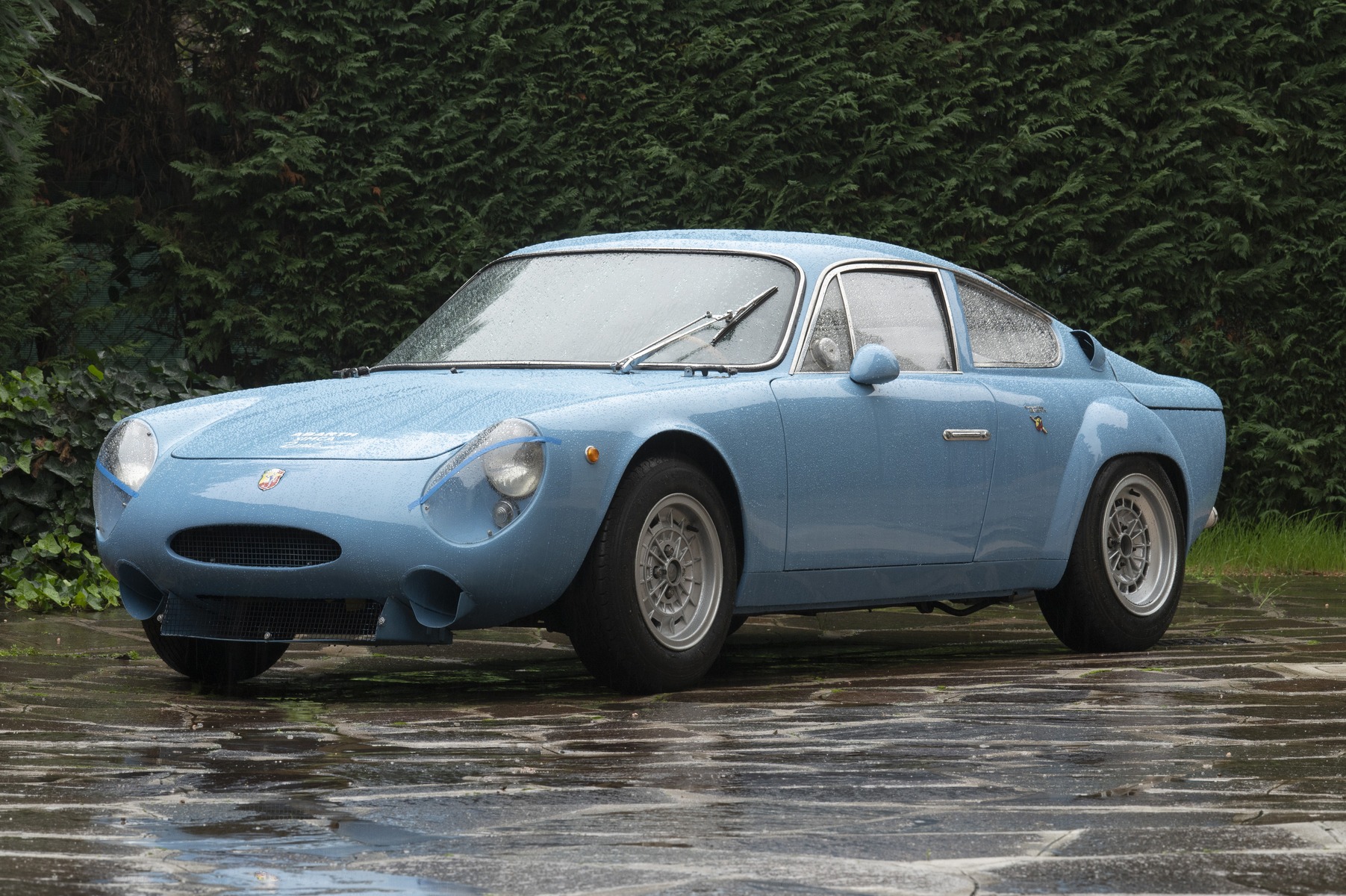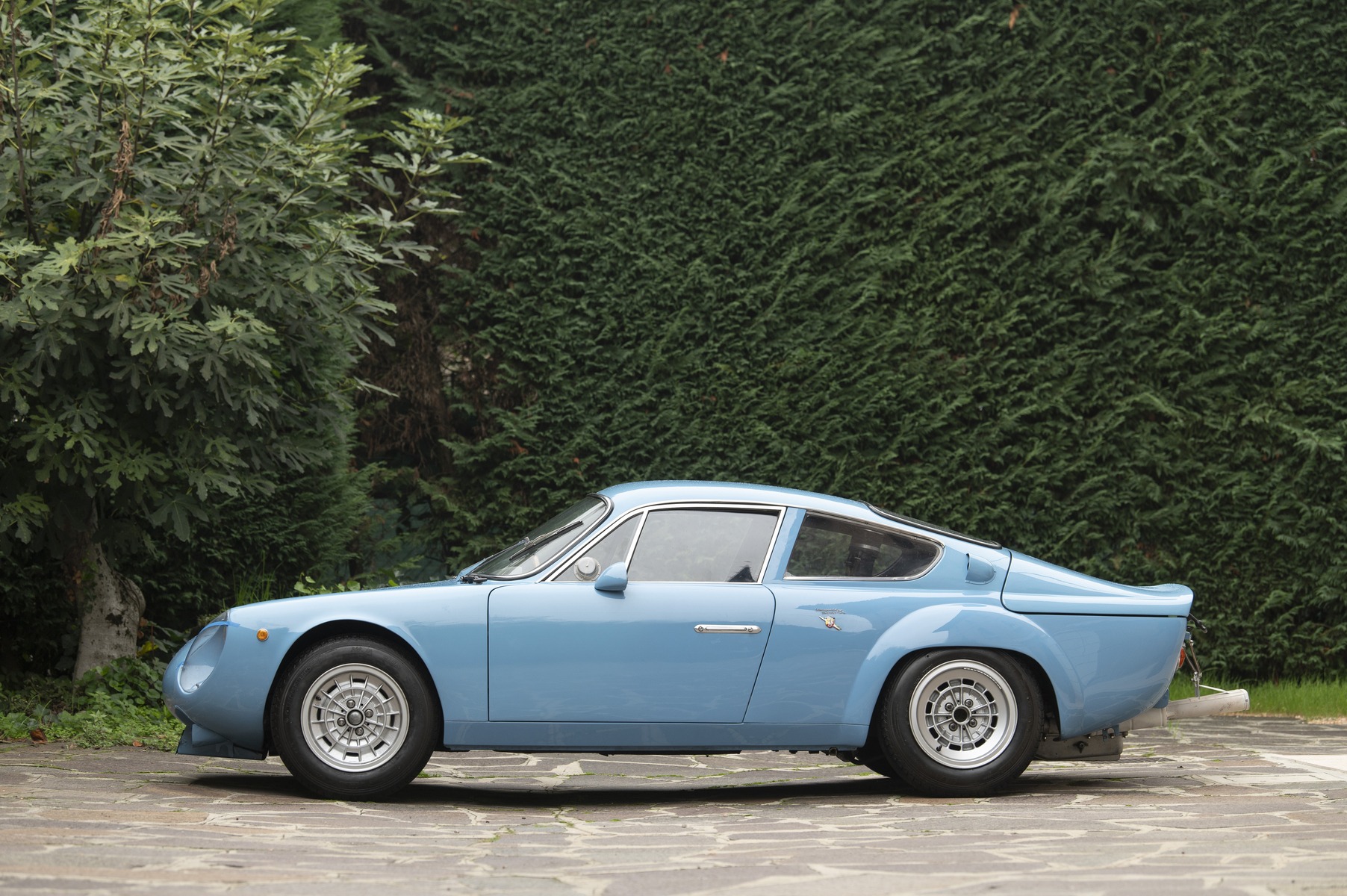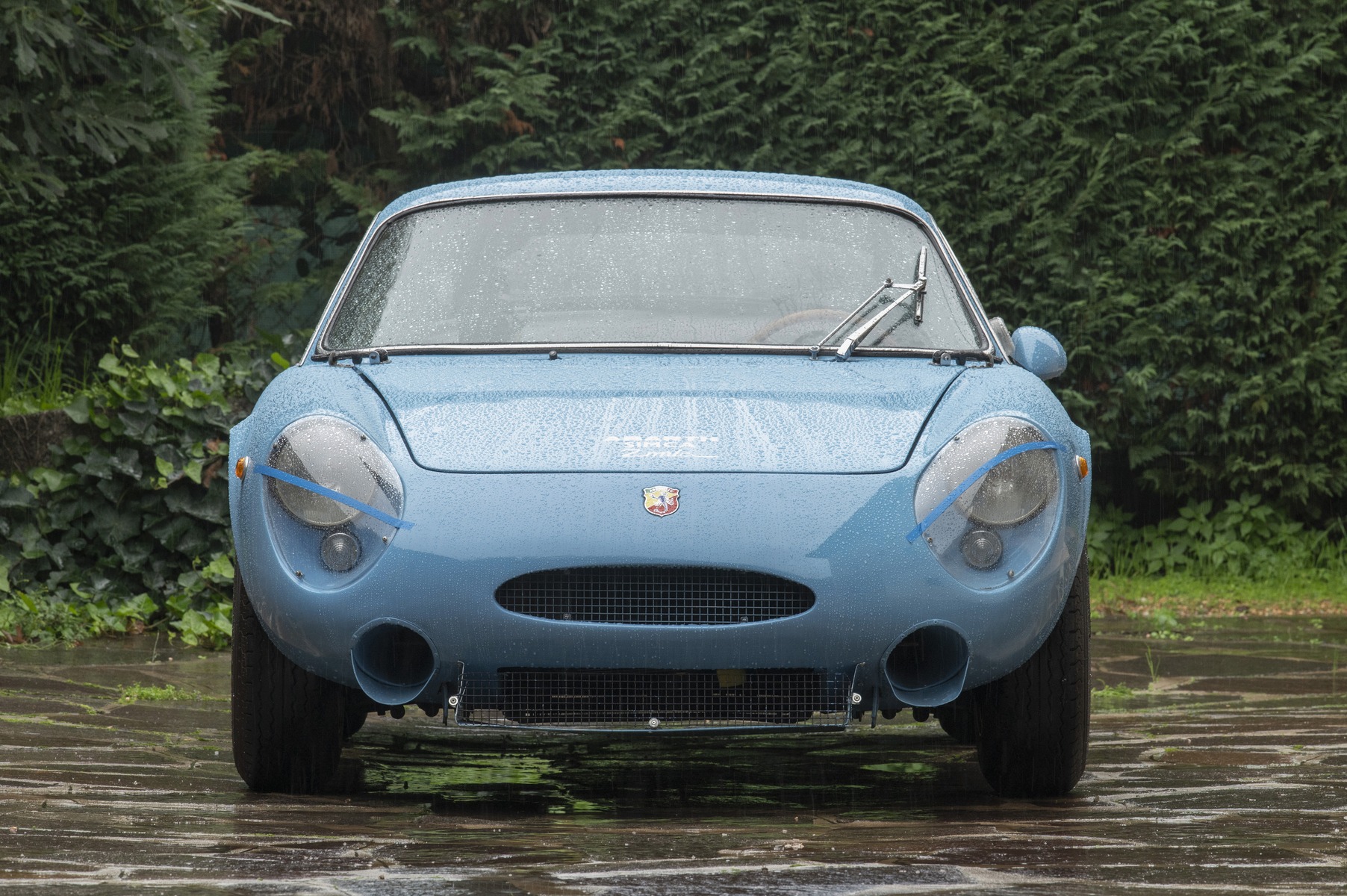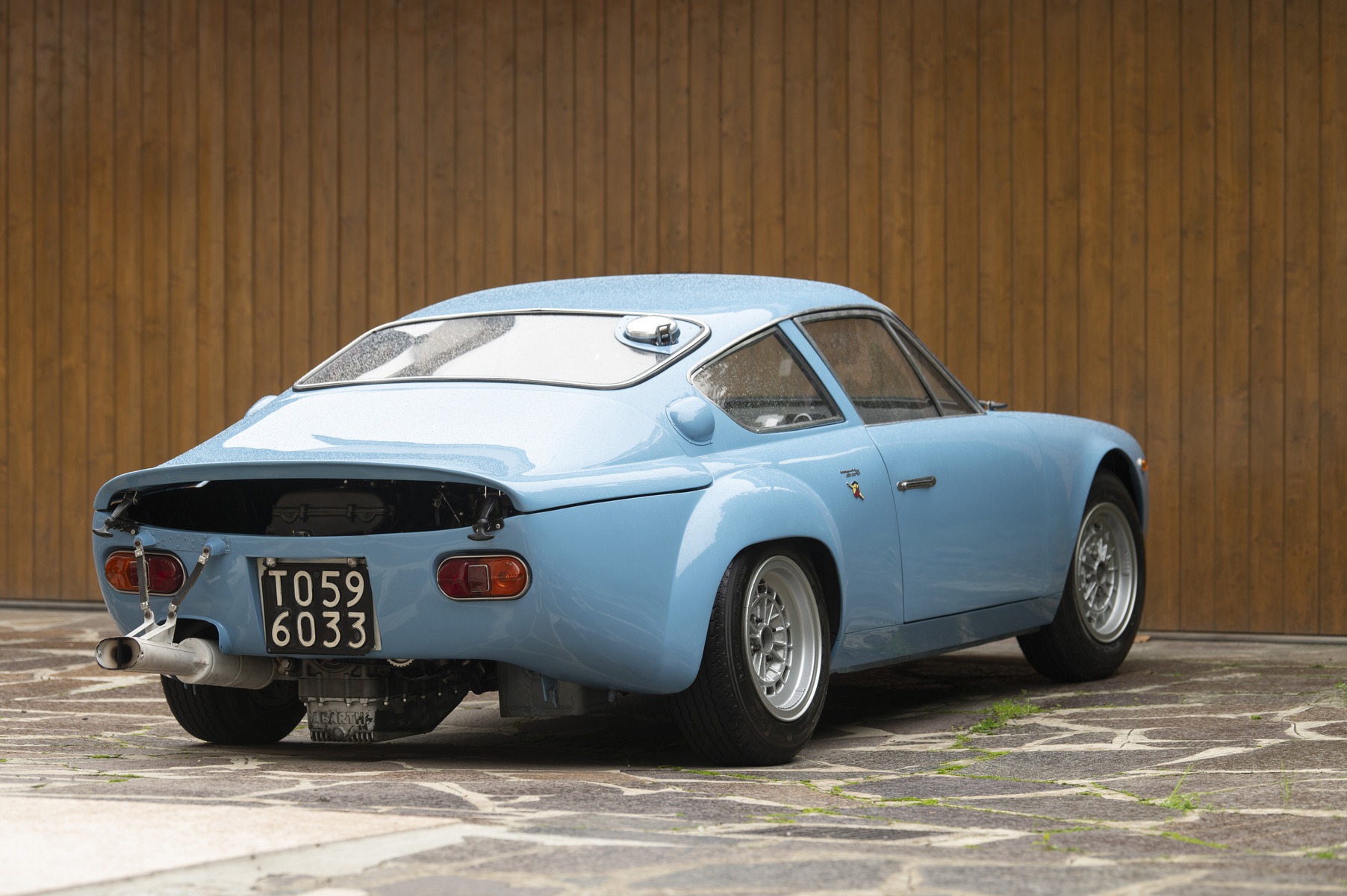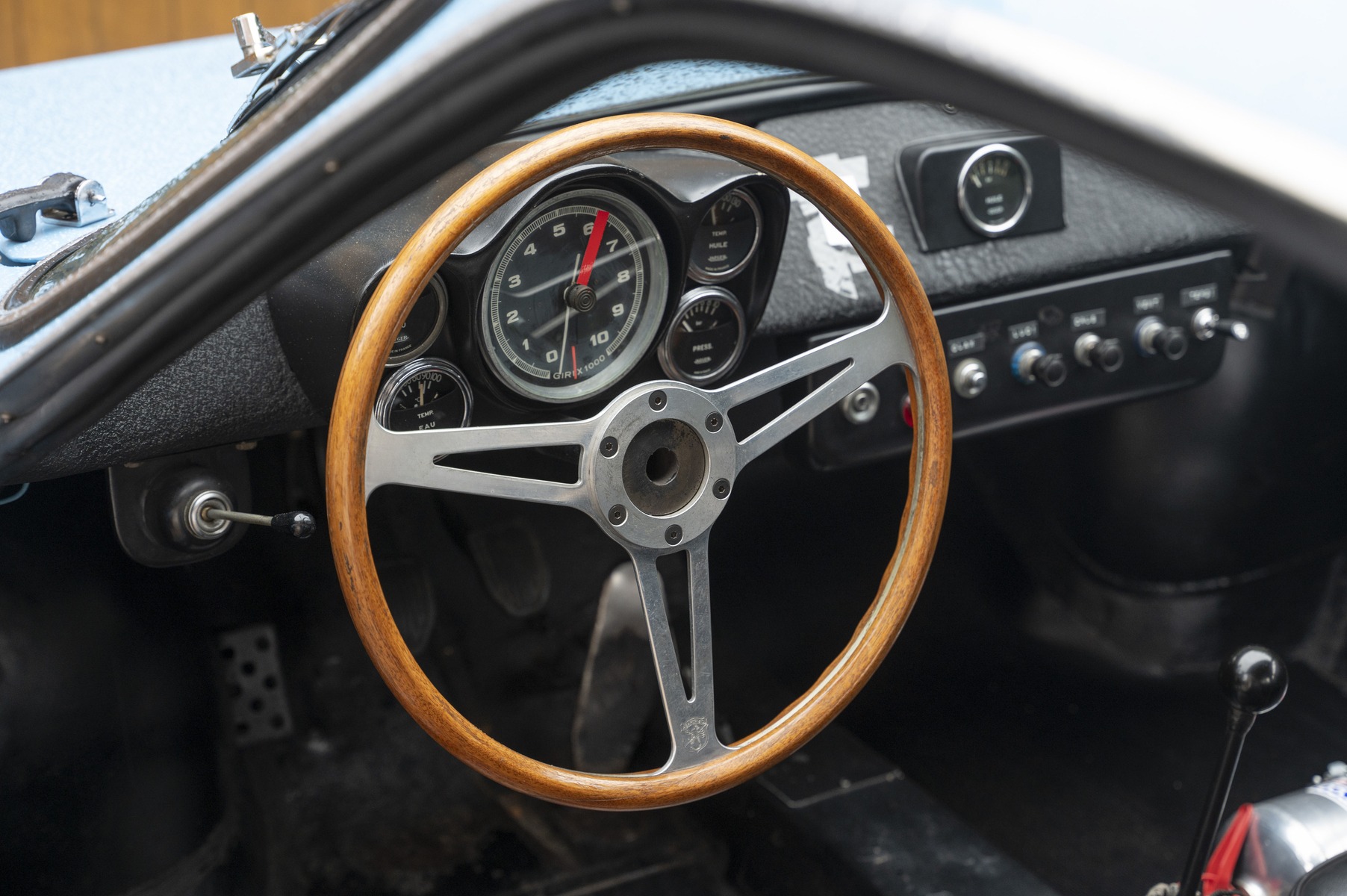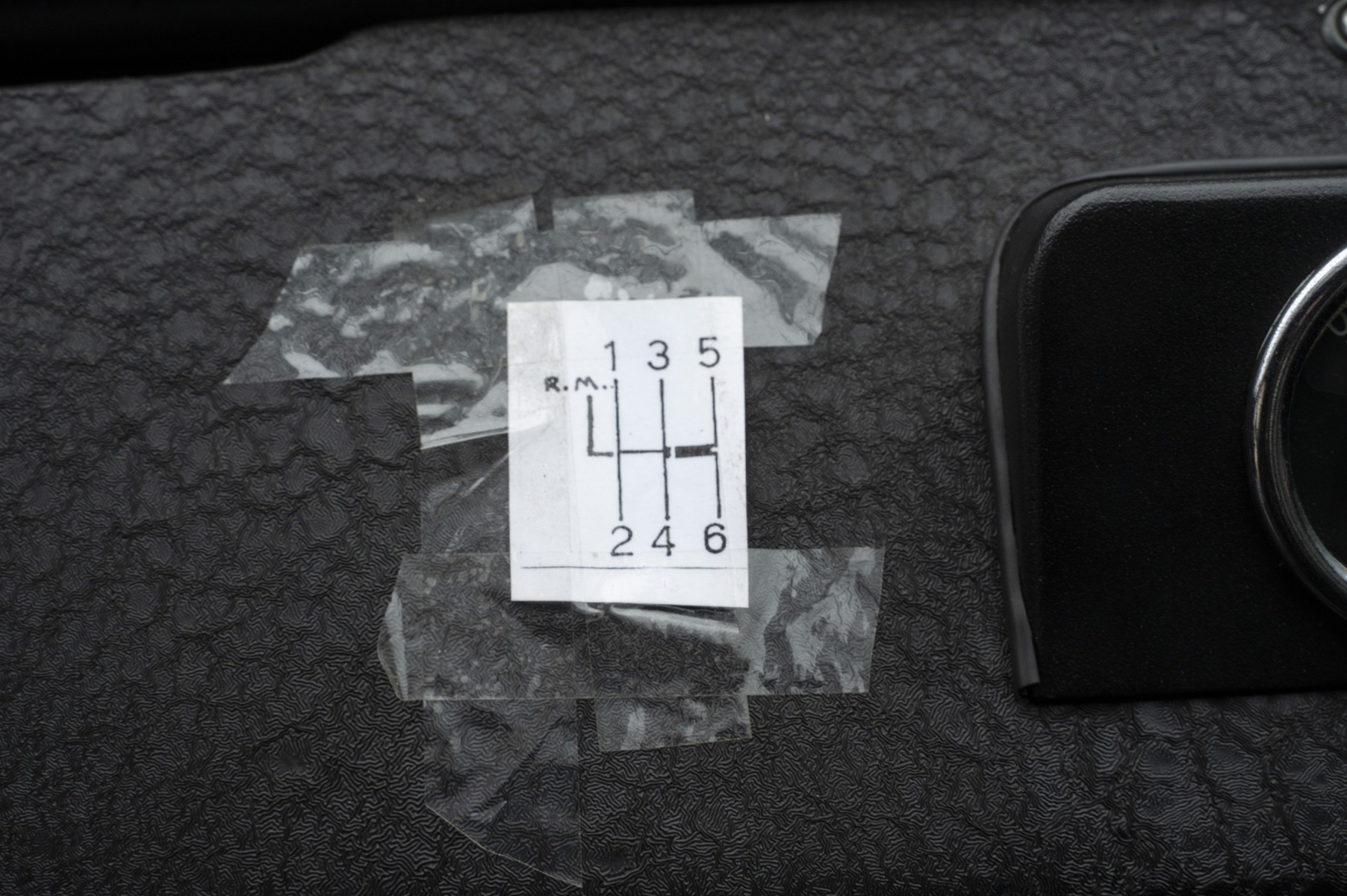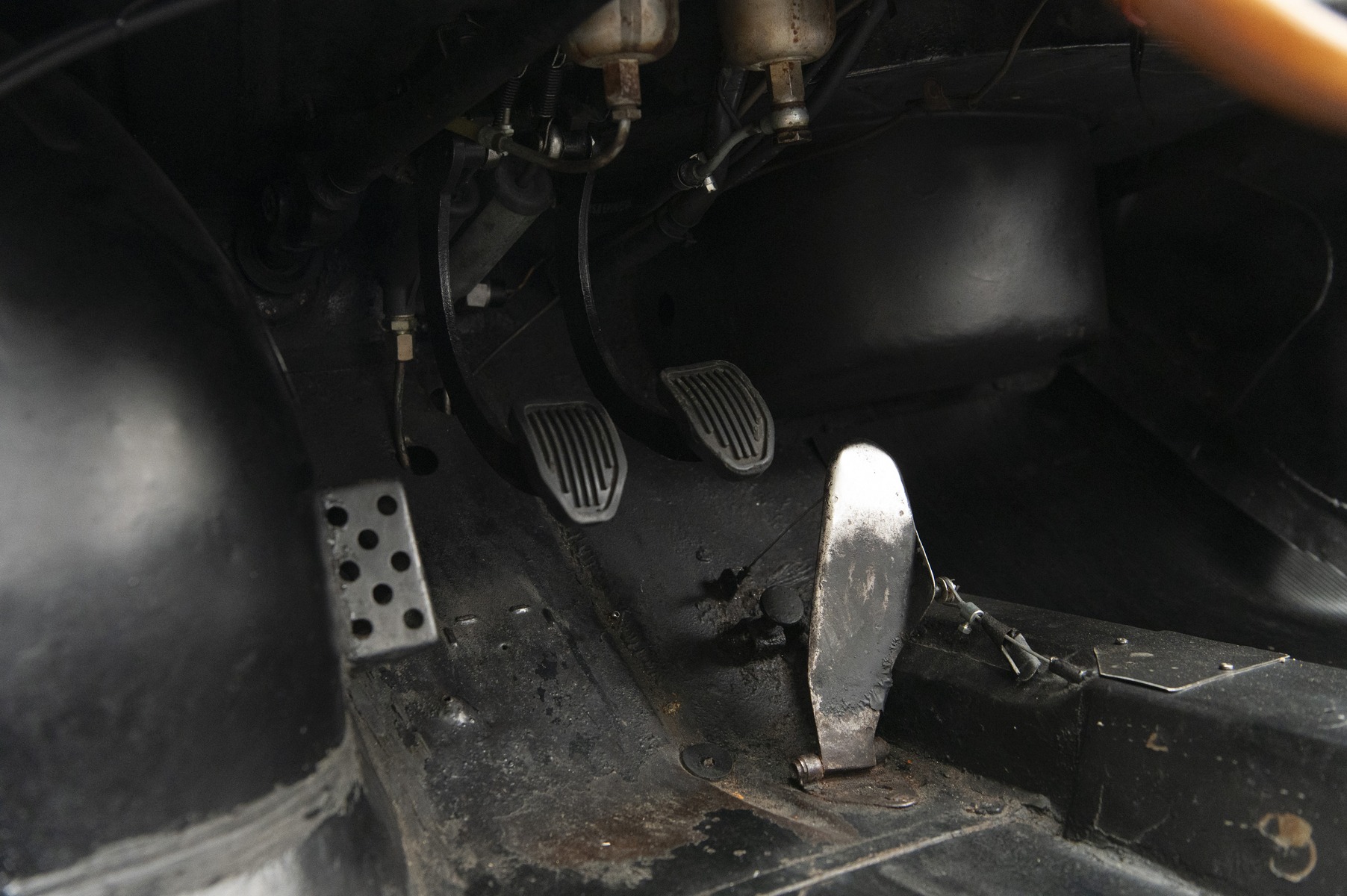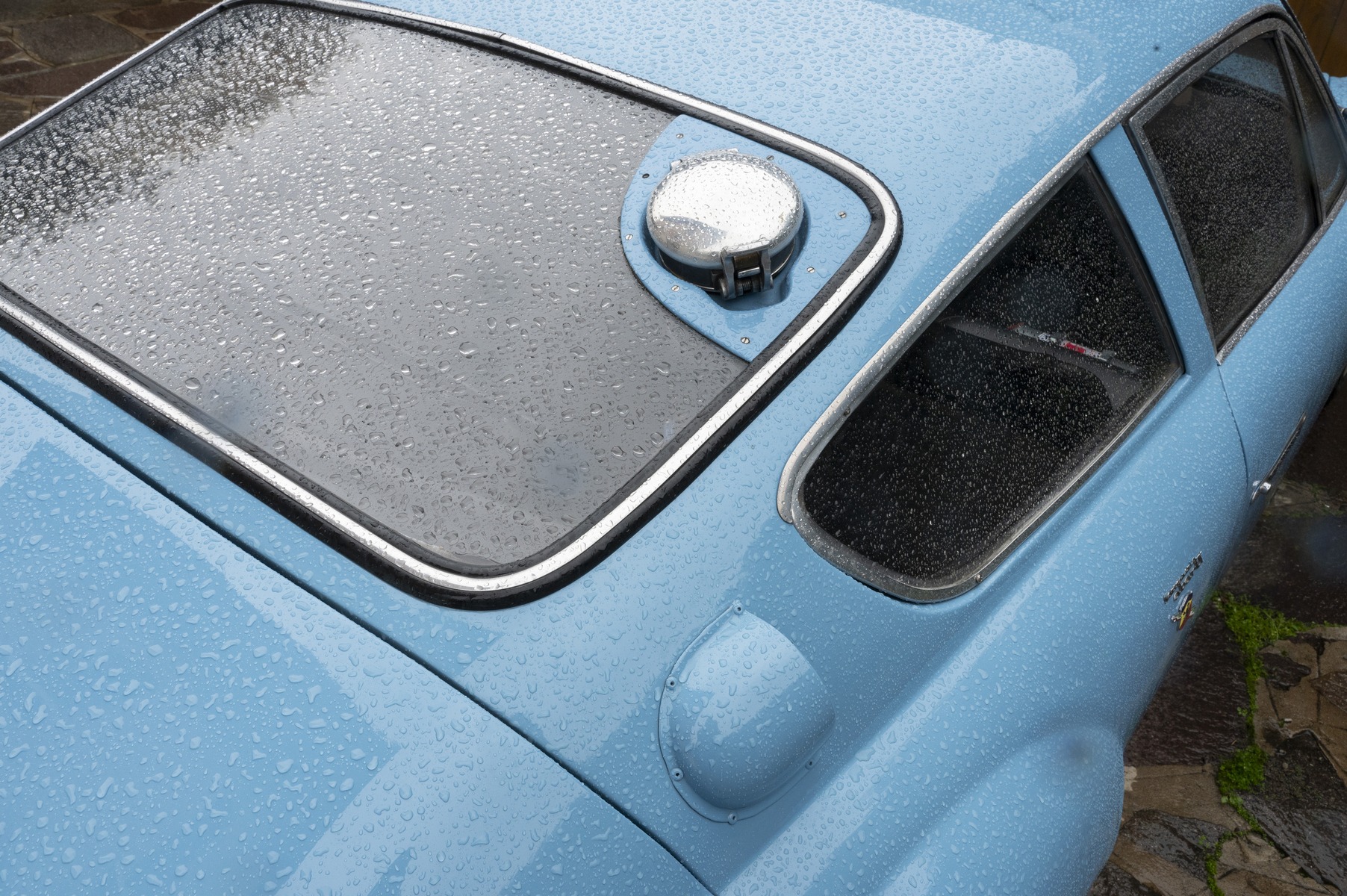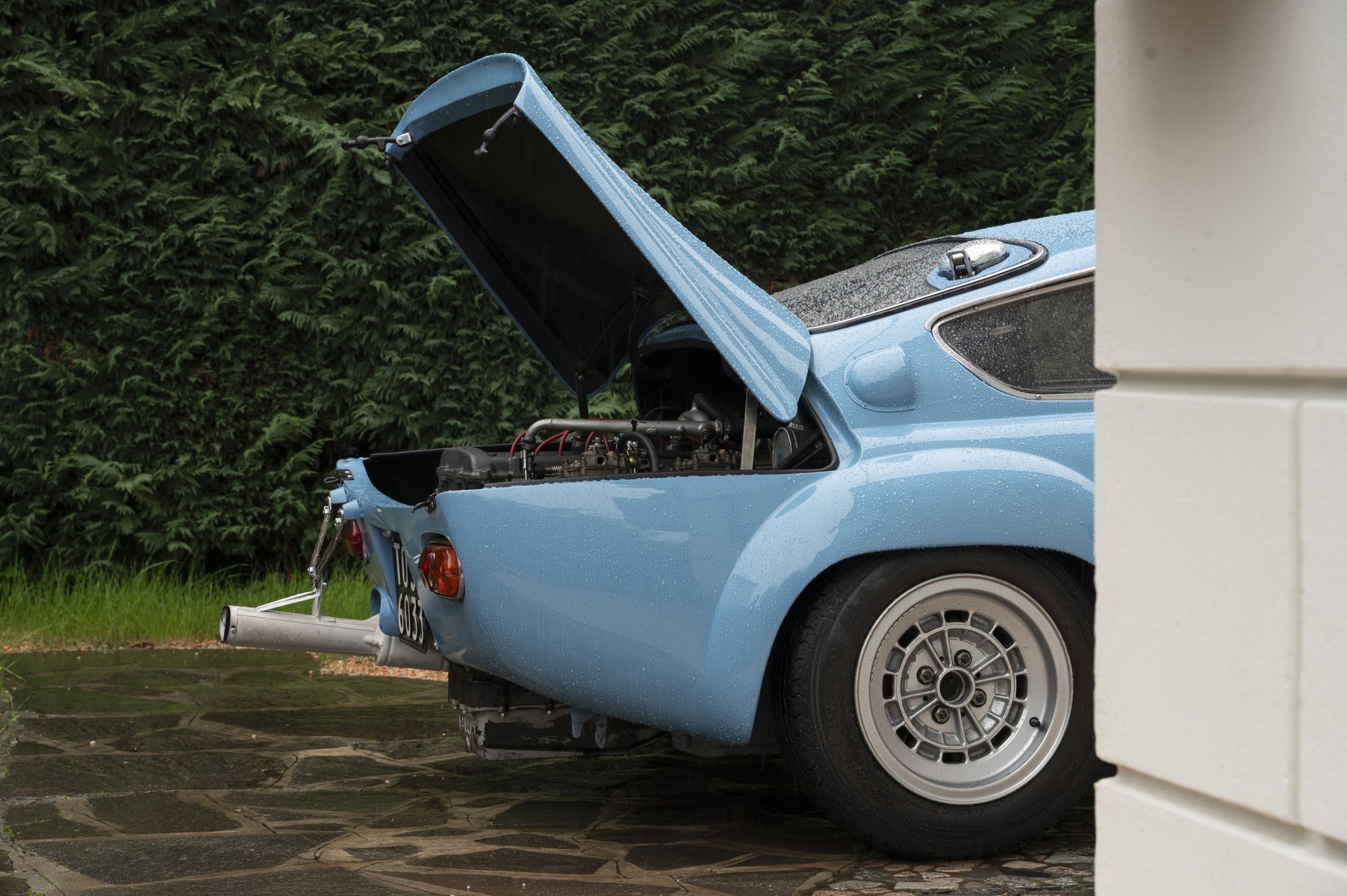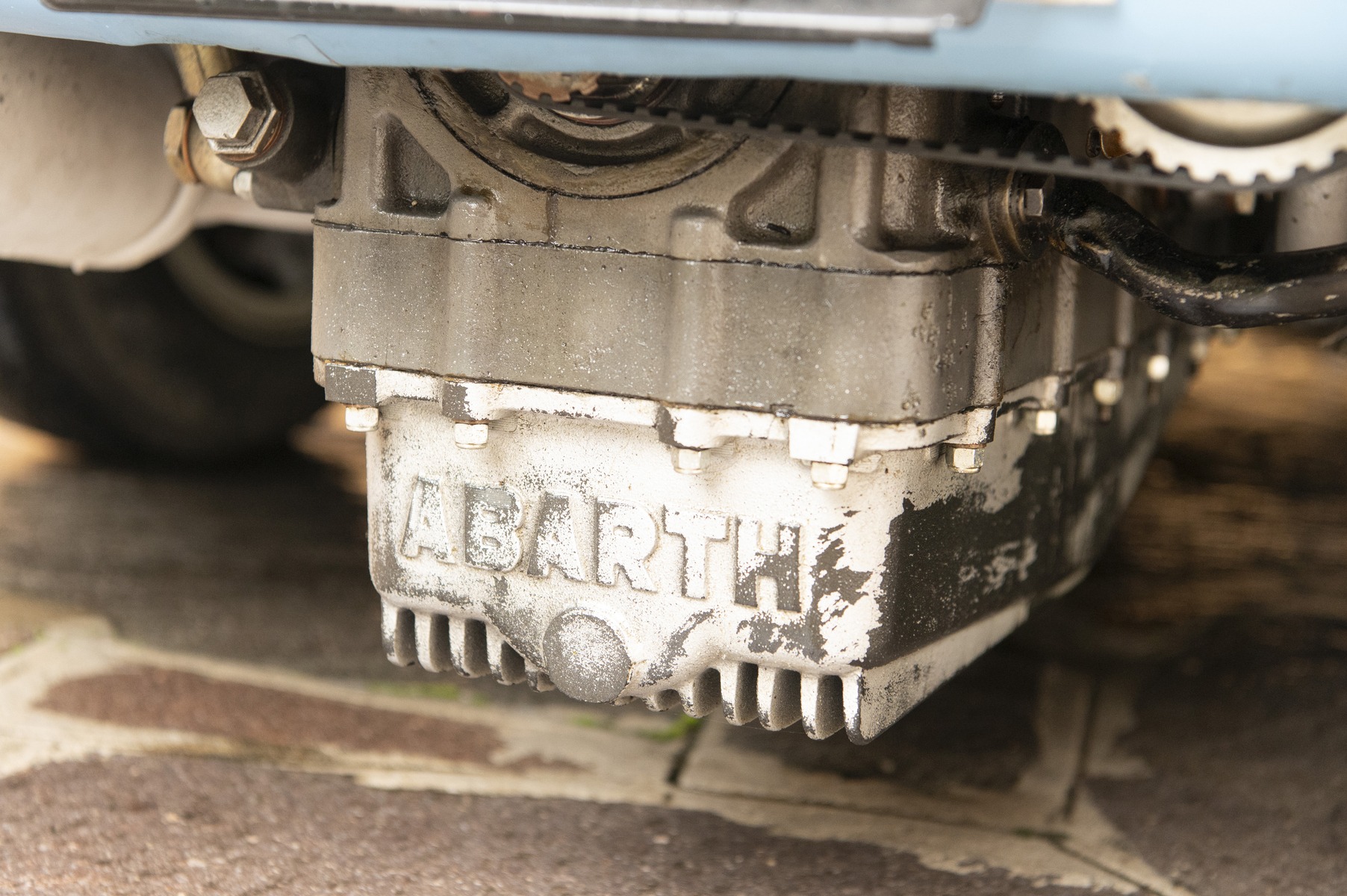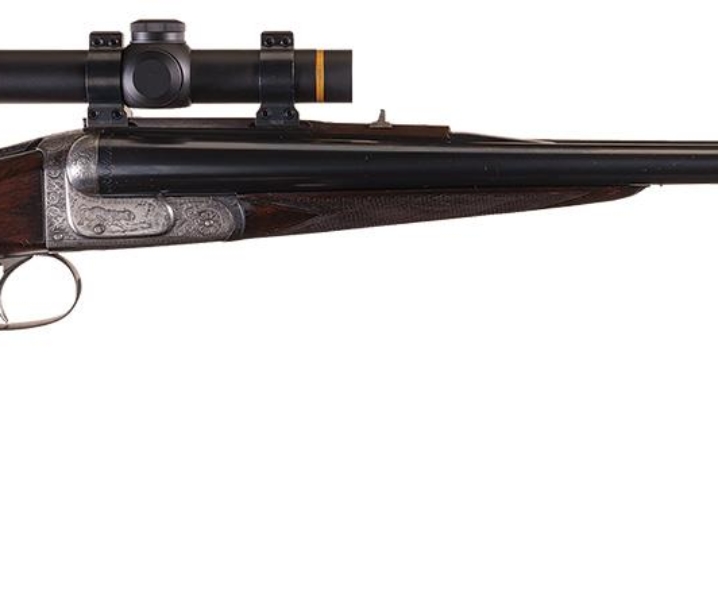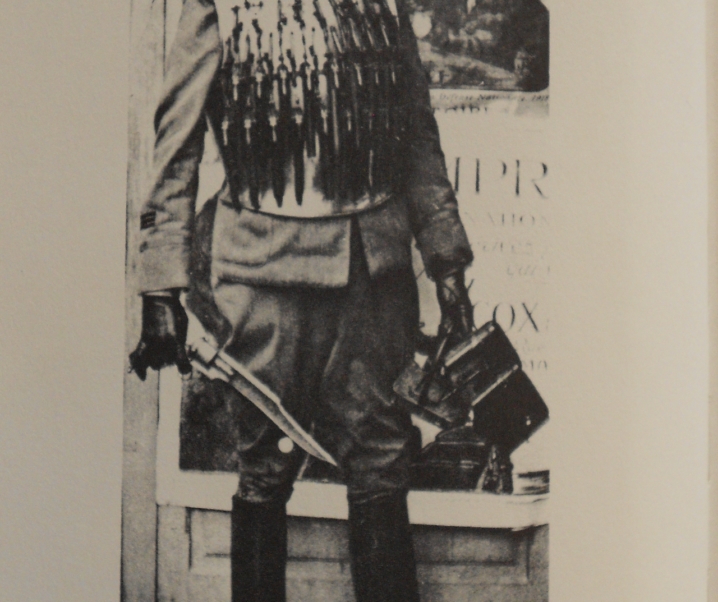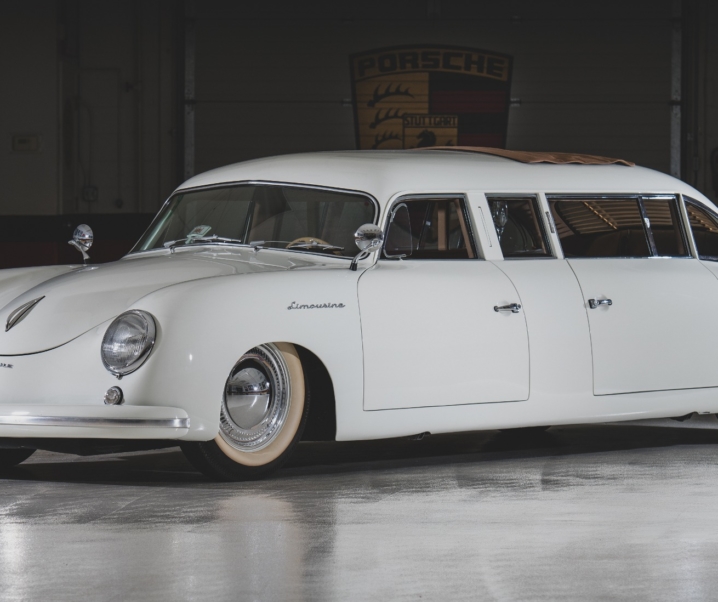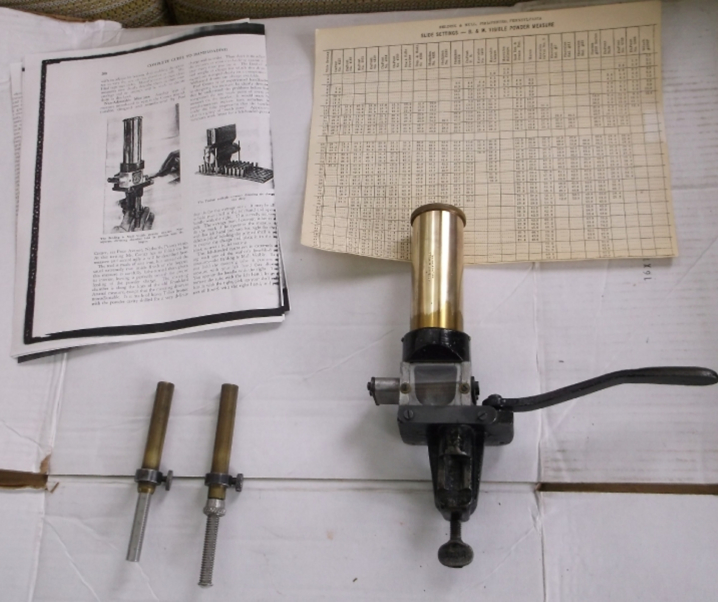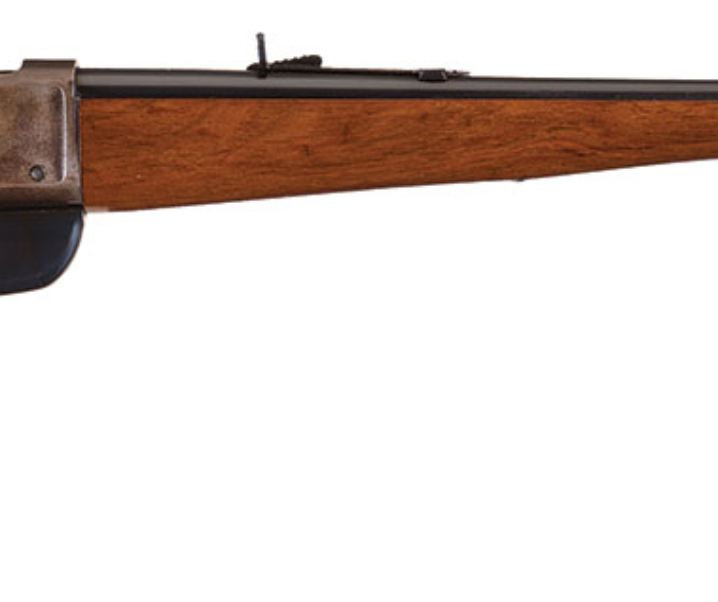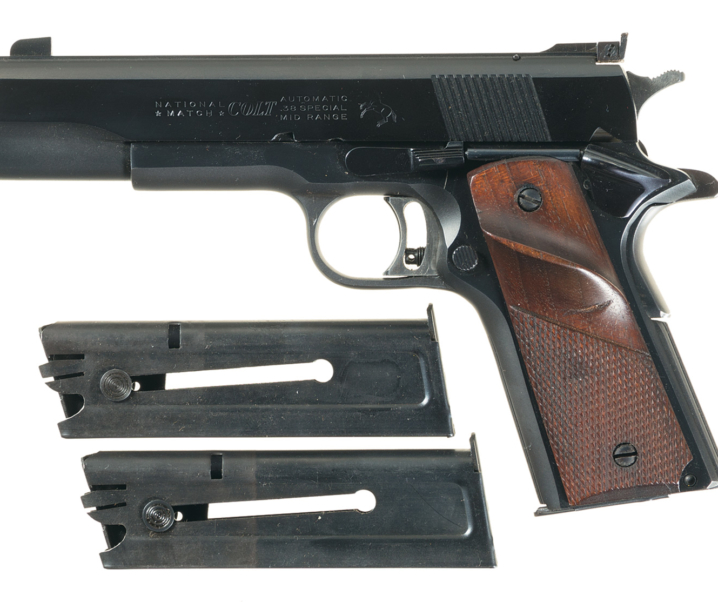Austro-Italian car maker Carlo Abarth is perhaps best known for his rear engine competition cars, cars that have a well deserved reputation as delivering a “sting in the tail”, symbolized by the Abarth logo, a scorpion.
One of the most iconic of the Abarth cars is the Abarth-Simca 2000 GT Coupé. A car that proved to be faster than a Ferrari 250 GT at Montlhéry in 1964.
Fast Facts
- Austro-Italian performance car maker Carlo Abarth began making rear engine sports coupés based on the Fiat 600 platform during the 1950’s.
- Abarth was approached by Simca in 1961 with a view to them doing two projects: the first was a sporting performance car based on the new four-door Simca 1000; the second was for a GT coupé based on that car’s platform, but made as a sports and competition car.
- From that agreement three versions of the Abarth-Simca GT Coupé were created: the 1300, 1600, and 2000.
- An example of the last, and most powerful of these competition coupés, the Abarth-Simca 2000 GT Coupé, is currently up for sale by RM Sotheby’s.
Carlo Abarth: the Man Behind the Machines
Despite his Italian sounding name Carlo Abarth was born in Vienna, Austria, as Karl Albert Abarth on November 15, 1908. But as a teenager the young Karl moved to Milan in Italy and worked as a designer of motorcycle and bicycle chassis for the coach-building company Carrozzeria Castagna for a couple of years from 1925-1927.
After that he returned to his native Austria and worked for Motor Thun and Joseph Opawsky from 1927-1934. He became actively involved in motorcycle racing in 1928 and went on to win no less than five European championships until a serious accident put an end to his motorcycle racing career.
A serious accident can be the killer of a passion for speed but for Karl Abarth it simply mean’t he needed to find a better way to race, so he designed a motorcycle sidecar rig, figuring that three wheels would be safer than two, and set about racing the famed Orient Express train for the 1,300 km (810 miles) stretch from Vienna to Ostend in 1934. That year would also see him return to the sunny climes of Italy where he would become a naturalized Italian with the name Carlo Alberto Abarth, the name under which he would become famous.
Another accident would stop him for a while and the World War made sure that he could not yet pursue his dream to become a high performance car maker but after the war, having established friendships with Ferry Porsche and Ferdinand Porsche’s son in law Anton Piëch, and with the racing driver Tazio Nuvolari, Carlo Abarth set about setting up a company to create performance cars.
Abarth established Compagnia Industriale Sportiva Italia (CIS Italia, later renamed Cisitalia) with engineer Rudolf Hruska and Piero Dusio who was a racing driver with experience in racing car design and construction.
Dusio commissioned Porsche to design the first CIS Italia racing car which was to be made by CIS Italia, but the car proved not to be a success. Dusio left Italy and Abarth left CIS Italia.
Carlo Abarth began a new company, Abarth & Co. with racing driver Guido Scagliarini in 1949. They chose the scorpion as the animal mascot for the company: this would prove to be an appropriate choice as the most famous cars Abarth would become known for were small but high powered rear-engine little road rockets that indeed had a “sting in the tail”.
This set the stage for the creation of some very interesting performance cars over the next three decades.

Arguably the cars that pioneered the creation of the racing Abarth rear engine coupés were those based on the diminutive Fiat 600 platform, with the Abarth Zagato “Double Bubble”Coupé being a readily identifiable example. This was a car that took a first-second-third victory in the Mille Miglia of 1957 and pointed the way for future Abarth competition cars.
Abarth and Simca
The story of the creation of the Abarth-Simca GT cars had its foundations at Fiat, and in the relationship between Henri Théodore Pigozzi, who was the founder and head of Simca, and Giovanni Agnelli, who was co-founder of Fiat. Fiat, at that time, was a majority shareholder in Simca so the two companies had mutual shared interests.
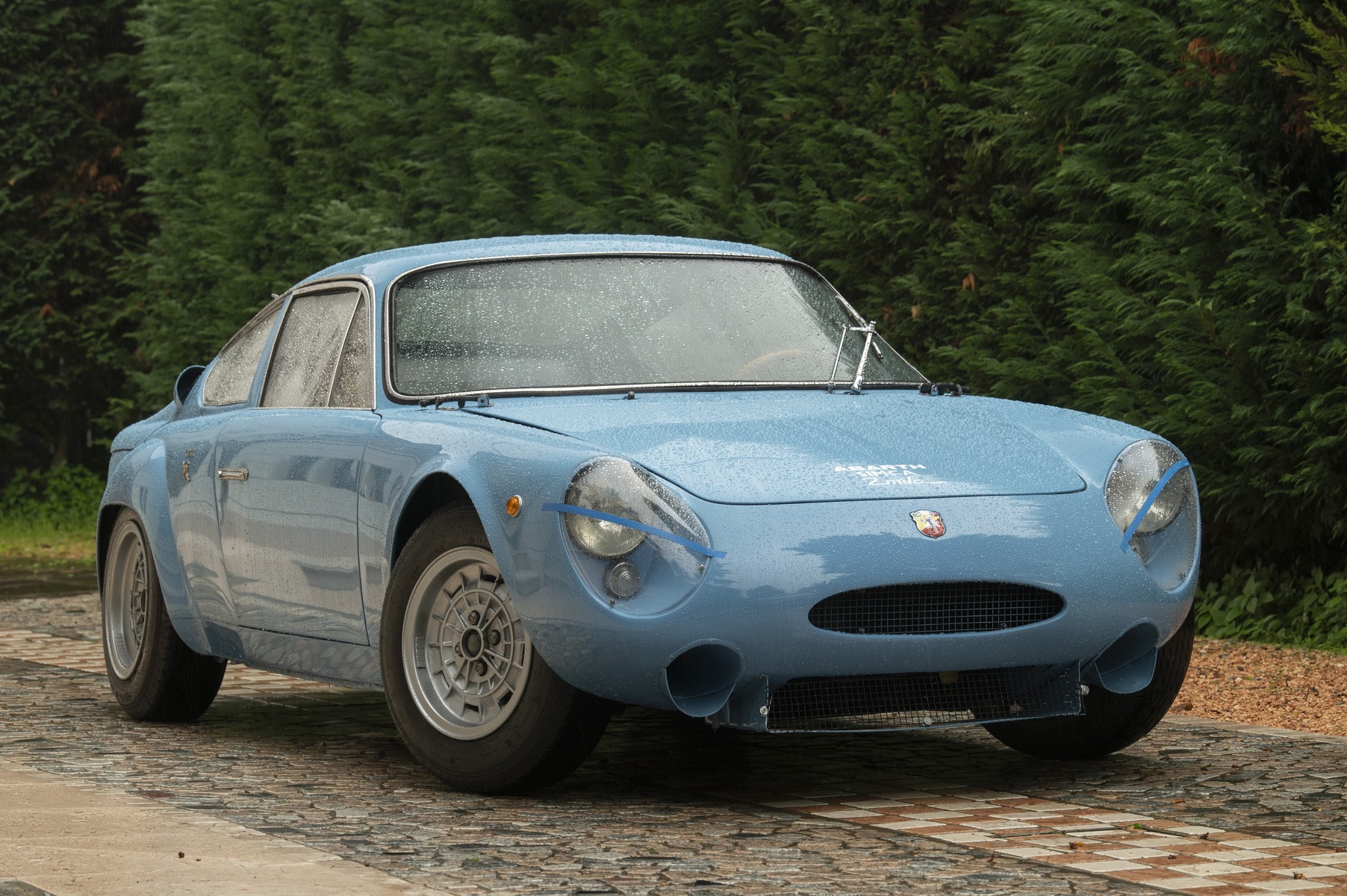
During the late 1950’s into the beginning of the 1960’s Fiat had been working on a new car to replace the Fiat 600. This new car was to be a little larger, and two development projects were created to evaluate which concept management would favour: one was Project 119 which was a two-door, and the other Project 122 which was a four-door.
As things turned out Fiat’s management decided on the two-door Project 119 as the foundation for the new model Fiat which left the Project 122 with nowhere to go. But Simca’s Pigozzi was rather keen to take on that project to develop it into a new Simca model and he obtained agreement from Fiat to go ahead with that with their collaboration. At that stage the project was little more than a clay mock-up, but that clay mock-up was to be the firm foundation upon which the Simca 1000 four-door sedan was to be based: and because of that it was also to become the foundation of the next group of Abarth sports cars.
Simca’s head of design was Mario Revelli de Beaumont and he shared his professional time between Simca and Fiat, working on the new car with Felice Mario Boano.
The development of this new car proceeded and it became the Simca 1000. Pigozzi also wanted to create a sports car based on it, rather like the Fiat-Abarth sports cars, primarily for competition to build his company’s “street cred” using motorsport as the vehicle with which to achieve that.
Pigozzi approached Carlo Abarth in 1961 with two cooperative projects in mind. The first was an Abarth sporterized Simca 1000 with an enlarged 1,150 cc engine. The second was to be a competition GT car built with a coupé body on the Simca 1000 platform and equipped with an Abarth designed engine.
So this new Simca-Abarth was built using the chassis, suspension, steering and transmission of the Simca 1000, but fitted with a coupé body in the style of the Fiat-Abarth 850 and 1000 GT cars.
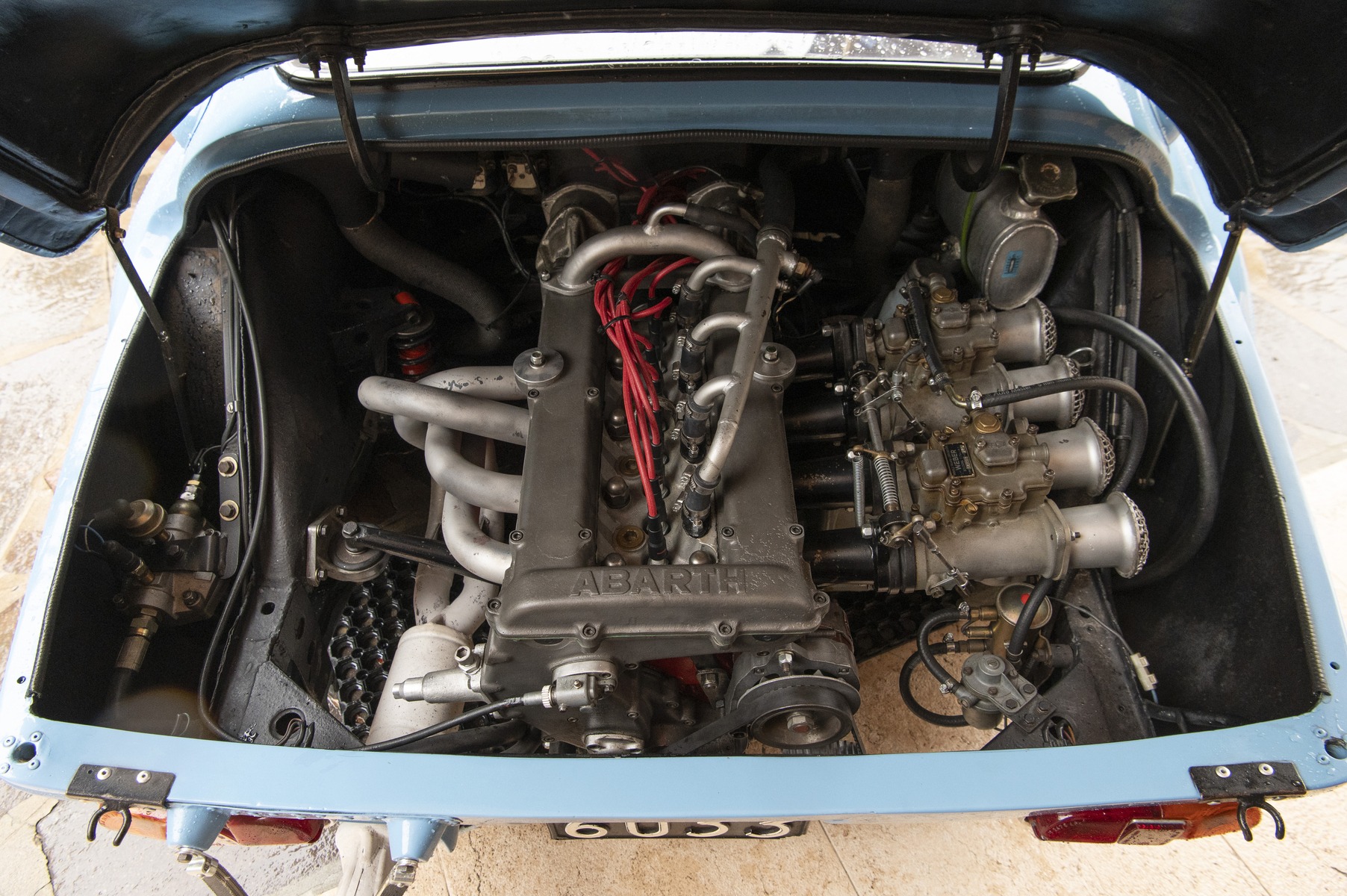
The custom bodywork was made for Abarth mainly by Beccaris up until 1963 and after that by Carrozzeria Sibona-Basano.
Abarth’s strength was in their expertise in turning mundane utilitarian engines into powerful for size high performance engines and so they took the Simca 1000 unit and gave it the Abarth “beauty treatment”. This took the form of transforming the engine into a DOHC 1.3 litre fitted with two Weber 45DCOE double-barrel carburetors. The lubrication system was done using a dry sump and dual oil pumps to keep things reliably lubricated under the high stress that the engine was to be subjected to.
In its new Abarth form this 1.3 litre four cylinder delivered 125 hp, which is 96 hp per litre of engine capacity.
With its aerodyanamic light aluminium GT coupé body this Simca-Abarth 1300 GT was capable of around 140 mph (230 km/hr).
Impressive though these specifications might be Abarth also went ahead to create the Bialbero dedicated racing version which boasted a top speed of 250 km/hr (155 mph).
Development of the Abarth-Simca GT did not stop with the 1300 version. In 1963 at the Geneva Motor Show two new and more powerful versions made their debut, the Abarth-Simca 1600 GT, and the 2000 GT.

As the history would turn out the 1600 GT would not go on to be developed because of the class specifications for competition, but the 2000 GT would.
The increased capacity 1946.27 cc engine was fitted with five main bearings with dry sump lubrication and fitted with twin dual-choke 45 mm Weber carburettors. This engine featured twin spark plugs, a ceramic coated exhaust, and developed 177 bhp.
The racing version was fitted with 58DCOE/3 Webers and churned out a tad more than 200 bhp, so it was developing 100 bhp per litre.
The car weighed 1,631 lb. (740 kg) and for this car Abarth developed a new six-speed manual gearbox.
The rear of the car was given a “duck-tail” style to both make room for the new slightly larger engine, and to improve rear down-force and thus high speed stability.
The body style went through a range of permutations in the quest for the best configurations. For the 1965 racing season a long-nose version was made with the aim of improving aerodynamics.
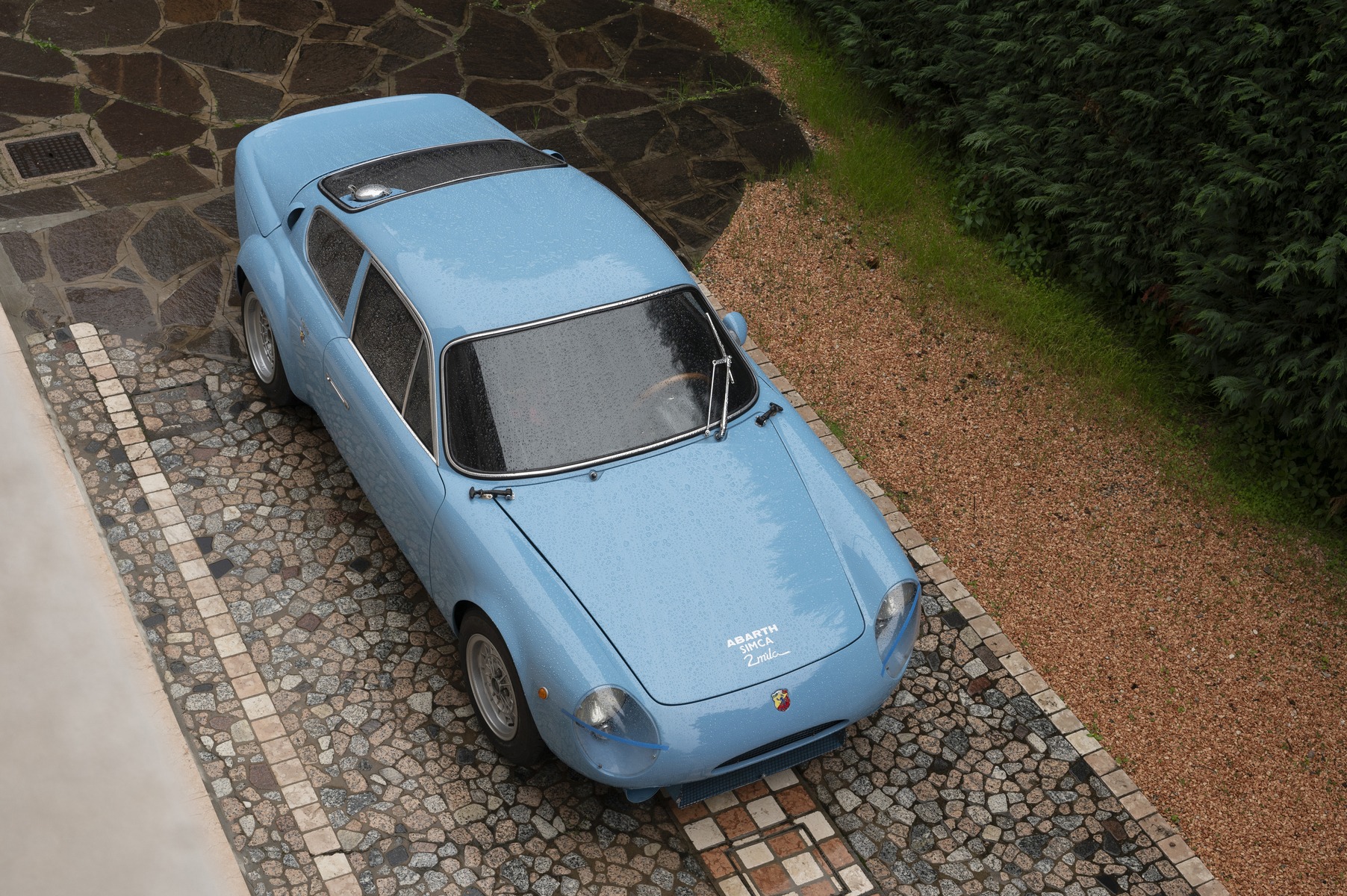
The 1300 GT and 2000 GT gave Abarth and Simca 177 competition victories, both outright and class, prior to the ending of the agreement between Abarth and Simca at the end of 1964.
In 1964, before the end of production, the Abarth-Simca 2000 GT proved to be faster than the Ferrari 250 GT at Montlhéry: a fitting statement of the Abarth team’s ability to engineer unforgettable high performance cars which indeed possessed a “sting in the tail”.
A 1964 Abarth-Simca 2000 GT Coupé for Sale
Relatively few Abarth-Simca 2000 GT coupés survive to the present day, as one would expect for a limited production car that was primarily used for motorsport competition – the life of a competition car is a hard and often destructive one.
This car chassis number #046 is recorded as having been registered to Abarth in Turin in January of 1964 and photographs exist which show the car, with its registration number TO 596033 racing.
An Automotoclub Storico Italiano certificate dated December 1992 shows the car as being in the ownership of Mauro Lotti of Florence and it subsequently passed to its current owner, after having been in the ownership of a collector in Tuscany, in 2019.
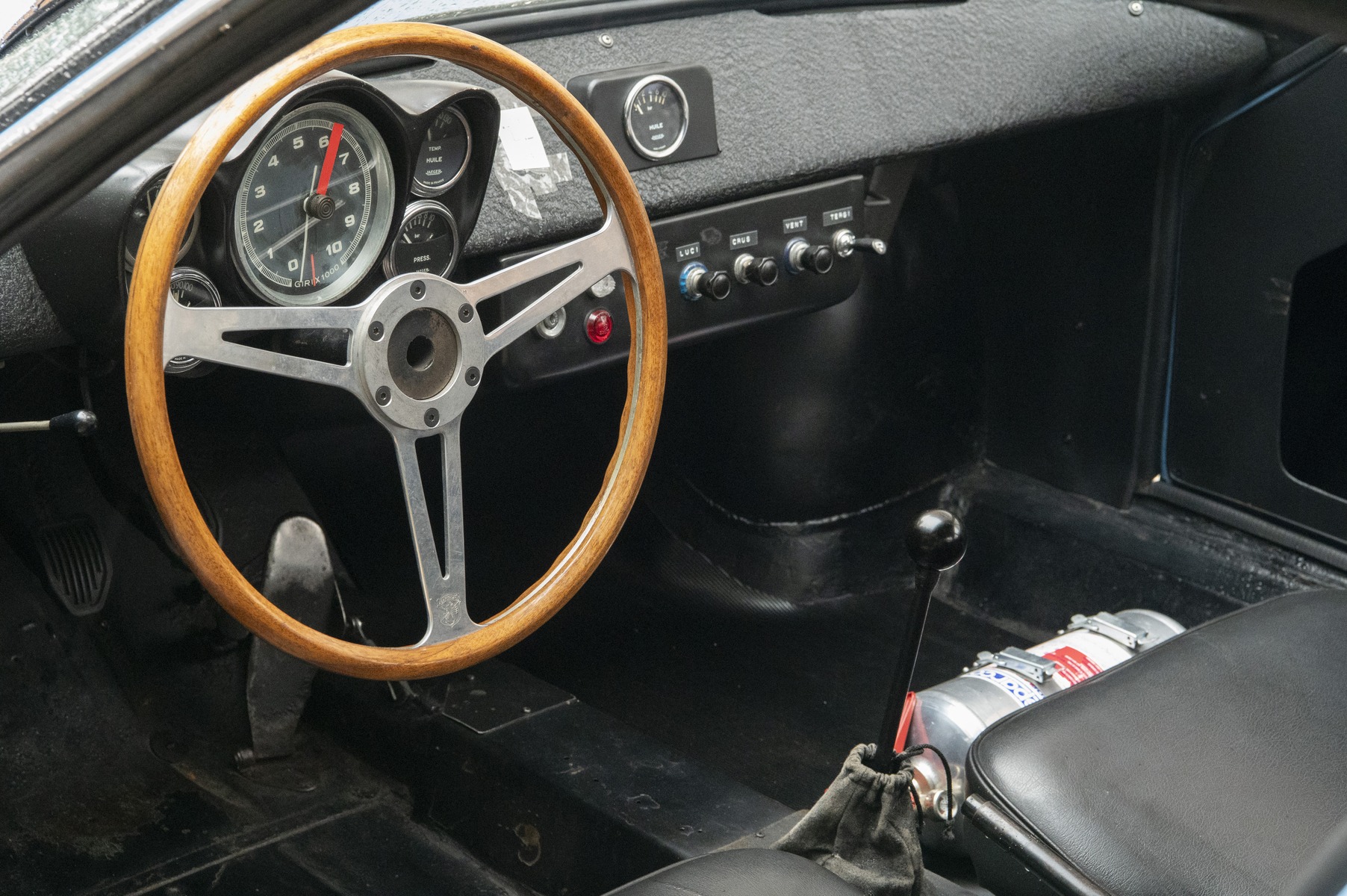
The car has had some work done to it in the form of an engine re-build and four new tyres.
You will find the sale page for this quite delightful example of the creative work of Carlo Abarth and his team if you click here.
Picture Credits: All pictures courtesy RM Sotheby’s.

Jon Branch is the founder and senior editor of Revivaler and has written a significant number of articles for various publications including official Buying Guides for eBay, classic car articles for Hagerty, magazine articles for both the Australian Shooters Journal and the Australian Shooter, and he’s a long time contributor to Silodrome.
Jon has done radio, television, magazine and newspaper interviews on various issues, and has traveled extensively, having lived in Britain, Australia, China and Hong Kong. His travels have taken him to Indonesia, Israel, Italy, Japan and a number of other countries. He has studied the Japanese sword arts and has a long history of involvement in the shooting sports, which has included authoring submissions to government on various firearms related issues and assisting in the design and establishment of shooting ranges.

